Σ™
Σ™ is a generic, mathematically sound and computationally efficient solution to build behavioral system models of complex industrial infrastructures
which capture hazards characterizing such systems
The Σ™ modeling language at the core of the WorldLab™ technology
Difficulties when dealing with system models and simulations of industrial systems
To tackle the complexity of industrial systems, engineers more and more rely on computer models and simulations. In this matter, they pursue two main objectives: first, to better understand these systems and to ensure that their stakeholders share a common understanding of the problems at stake; secondly, to assess key performance indicators without having to perform physical experiments, which would be too costly, or simply impossible.
Models are already pervasive in most of the engineering disciplines like mechanical, electrical, or reliability engineering. As of today, their introduction into systems engineering is still an on going process and the subject of active researches and developments. Modeling technologies to be applied are still debated. One of the main difficulties is to capture the key features of the system under study while staying at the suitable level of abstraction. Another difficulty is to integrate in the models the heterogeneous characteristics of systems and the multiple hazards that are involved in their behaviors.
The Σ™ modeling framework aims to provide a solution to overcome these difficulties
Modeling with Σ™ is based on a simple approach.
First, one describes the architecture of the system under study, i.e. one breaks down the considered system into interconnected subsystems. These subsystems can be themselves further broken down until the suitable granularity is reached. The state of each subsystem is then described by means of discrete and continuous variables.
One uses activities to describe the behaviors of the subsystems. Activities are guarded, i.e. they are performed when a certain condition on the state of the system is satisfied. They also take time and their duration may be deterministic or stochastic.
Finally, they modify twice the state of the system. First at their beginning, to book the resources they need. Secondly at their completion, to release these resources and to describe their effect on the state of the system. Activities cannot only modify the values of variables, but also create, move and delete components.
5 things you should know about Σ™
01
Declaring the hierarchical structure and its attribute is straightforward
The architecture of an industrial system of interest is broken donw into subsystems. These subsystems can be themselves further brohen down until the suitable granularity is reached.
The state of each subsystem is described by means of discrete and continuous variables.
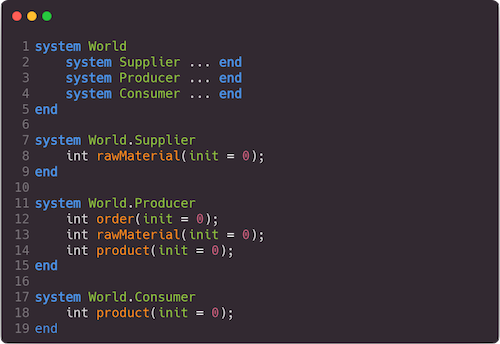
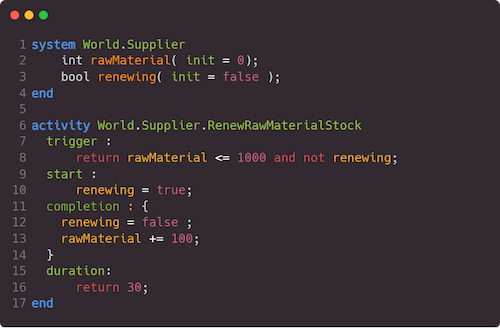
02
Specifying activities is easy as a breeze
Activities are performed when a certain condition on the state of the considered industrial system is satisfied. The time they take to be completed may be deterministic or stochastic.
Activities modify the state of the system at their beginning and at their completion. They can modify the values of variables, but also create, move and delete components of the system of interest.
03
All variables can be associated with a built-in or custom probability distribution
Σ™ allows to model random phenomenas: each variable can be tied to a specific probability distribution – either explicit or pragmatic – allowing to capture random quantities or delays, performance fluctuations, etc.
This feature allows users to conduct Monte Carlo analysis to come up with strategic indicators that are consistent with the uncertainties that are met in practice, when designing and operating complex infrastructures.
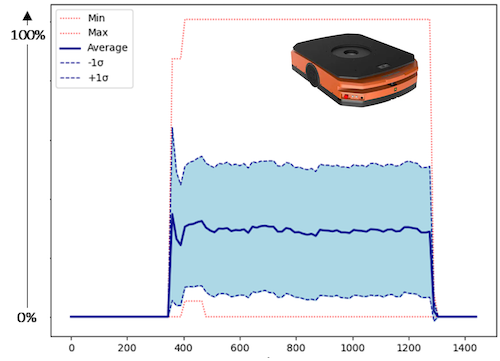
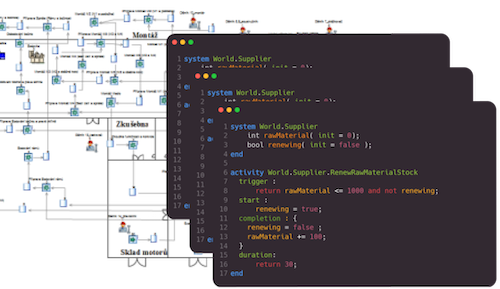
04
Σ™ solves the issue of unmanageable models for complex industrial infrastructures
Σ™ allows to build models using only textual specification, like in usual software programming. This innovative approach makes it easy to structure, navigate and maintain models for complex industrial systems and infrastructures.
The advanced modeling primitives and the compiler that come with Σ™ are doing all the programatic heavy lifting, so that engineers can focus on the content of the model rather than on its form.
05
Σ™ allows you to leverage development tools for the production of your models
Leverage the knowledge of your modeling experts through model code review process while trusting your less experienced collaborators with the actual development of Σ™ models.
All patch / modification is easily highlighted and can be reviewed for approval before merging.
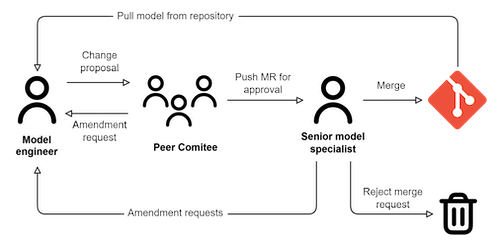
Get your copy of our white paper: A Guided Tour of the Systemic Modeling Language Σ™
Σ™ is both a language and a methodologic approach for describing and studying the dynamics of complex industrial and socio-technical systems and their environment. It makes it possible to implement computer simulations, to assess key performance indicators by means of these simulations, to play “what-if” scenarios and to apply optimization techniques. In a word, the framework we propose here supports the design, simulation & operational use of systemic digital twins of complex technical systems. ➤ This article aims both at providing a guided tour of the Σ™ modeling framework and at illustrating its use by means of examples
